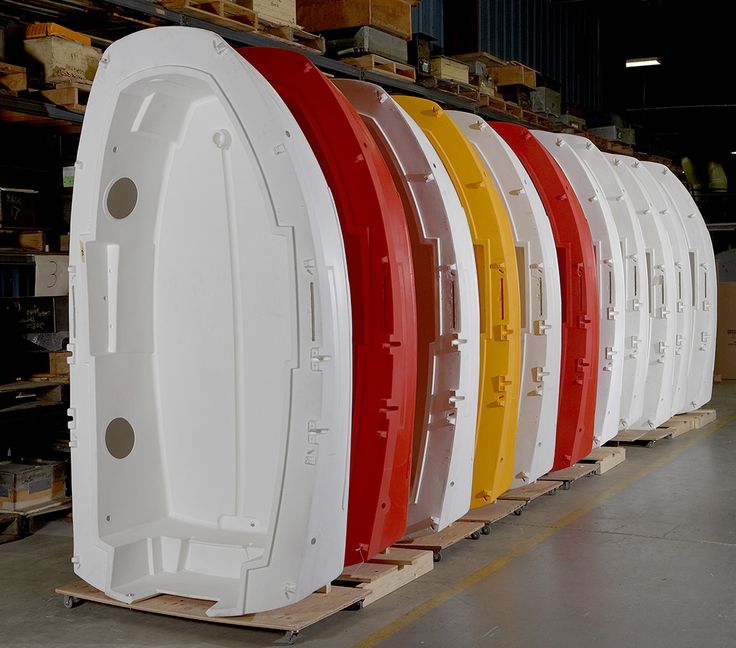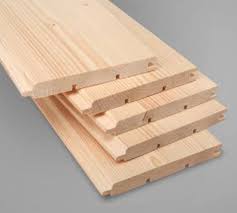The Science Behind Plastics Rotomolding

Rotational molding can be a approach which has been around for more than fifty years. It enables manufacturers to produce plastic-type material pieces with incredible depth, using much less uncooked components than conventional procedures. In this post, we shall experience rotational molding from start to finish and explore the way it works.
Molds are produced through making an injection-molded design or sculpture away from clay or wax (or any other gentle modeling method). The finished product is then given metallic finish to ensure when warmed up up, it does not melt during production. Plastics are injected into these molds at great-stress rates where by they cool and harden quickly as they enter the sprue gate on his or her way towards being shaped items that are then ejected out of your mildew.
When plastics enter in a rotational molding equipment, they are heated around about 270 degrees Fahrenheit and injected into a aluminum-lined cylinder with cold h2o from all of the instructions at great rates (around 100 gallons a minute).
The plastic goes in using a entrance referred to as “sprue,” which can be linked by hoses to an extruder brain that injects or blends thermoplastic pellets so they can be rapidly cooled off and shaped. The revolutions within these cylinders build a vacuum result as molten plastic-type material cools down off a lot more than on its own mainly because it lacks any air bubbles to cause cooling level of resistance. This enables for considerably faster creation times during the concluded products.
Rotational shaped components can be accomplished with numerous last performances. Rotational Molding is just how plastics can be made to appear like aluminum, cup, as well as rubberized. The depth that may be reproduced on each fungus is near endless due to rotational molding’s power to generate incredibly complicated elements in one go.
The rotational molding process is very adaptable and can be used different items, including household furniture or large parts like auto bumpers. It’s also effective–taking about 90 minutes or so to make 120 elements hourly.



